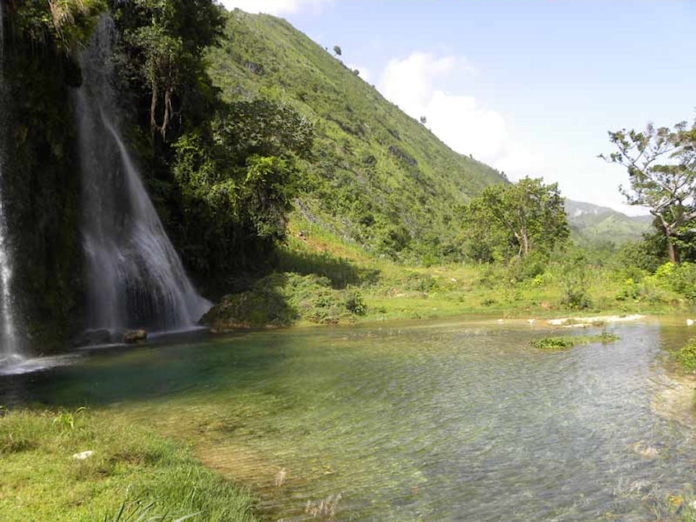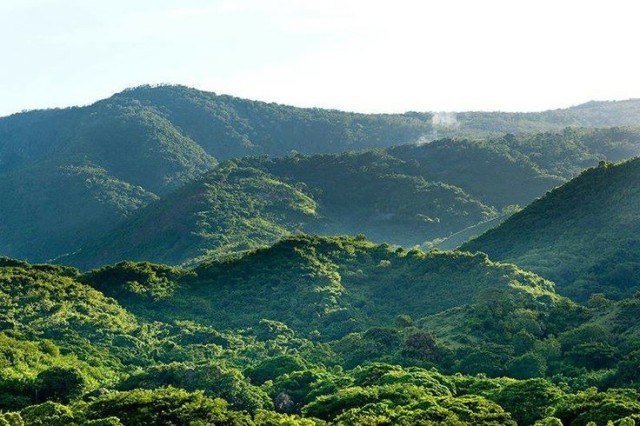
The La Selle-Jaragua-Bahoruco-Enriquillo transboundary biosphere reserve between Haiti and the Dominican Republic is one of the 23 new sites added to the global network of biosphere reserves, considered as learning regions for sustainable development aimed at reconciling biodiversity conservation with the sustainable use of natural resources.
This includes the reserves of La Selle in Haiti, designated in 2012, and Jaragua-Bahoruco in the Dominican Republic, designated in 2002. “These two reserves present ecological corridors separated by a political and administrative boundary,” said the United Nations Educational, Scientific and Cultural Organization (UNESCO) in a statement. “Their regrouping should allow better management of the environment.”

This decision was adopted at UNESCO’s International Program Coordinating Council on Man and the Biosphere, meeting in Paris from Jun. 12 to 15, 2017. During the meeting, the organization added 23 new sites (four of which straddle national boundaries) to the global network of biosphere reserves and 12 existing biosphere reserves have been extended or renamed.
In addition, 20 sites (three in Bulgaria and 17 in the United States) were withdrawn from the global network of biosphere reserves at the request of those two nations.
The Man and Biodiversity program, conceived by UNESCO in the early 1970s, is an intergovernmental scientific effort aimed at improving relations between the planet’s inhabitants and their natural environment at the global level. The new reserves are designated annually by the International Program Coordinating Council, composed of elected representatives of 34 member states of the organization.
These new world reserves include an ecosystem with a mosaic of landscapes, forests, wildlife, steep mountains, wetlands, and emblematic species sustaining populations which live off livestock, forestry, and agriculture . They are of great importance in the conservation of biological diversity in the regions where they occur.
Among the new biosphere reserves are the Black Forest (Germany), Garden Route (South Africa), Mono (Benin), Mono (Benin / Togo), Savegre (Costa Rica), Moen (Denmark), Bosques de Paz (Ecuador / Peru), Majang Forest (Ethiopia), San Marcos de Colón (Honduras), Tepilora, Rio Posada and Montalbo (Italy), Sobo, Katamuki and Okue (Japan), Minakami (Japan), Altyn Emel (Kazakhstan), Kartaau (Kazakhstan), Indawgyi (Myanmar), Gadabedji (Niger), Itaipu (Paraguay), Castro Verde (Portugal), Grand Altai (Russia / Kazakhstan), and Khakassky (Russia).
In 2016, La Hotte, located in Haiti’s southwest, was one of the 20 new sites added to the world network of biosphere reserves. “La Selle” is the first Haitian site to have joined this global network in 2012. La Selle includes a large number of different ecosystems and protected areas such as “La Visite,” which is one of Haiti’s most important sites in terms of biodiversity, and the Pine Forest reserve, constituting the largest pine reserve in Haiti, dominated by the indigenous pine Pinus occidentalis.









